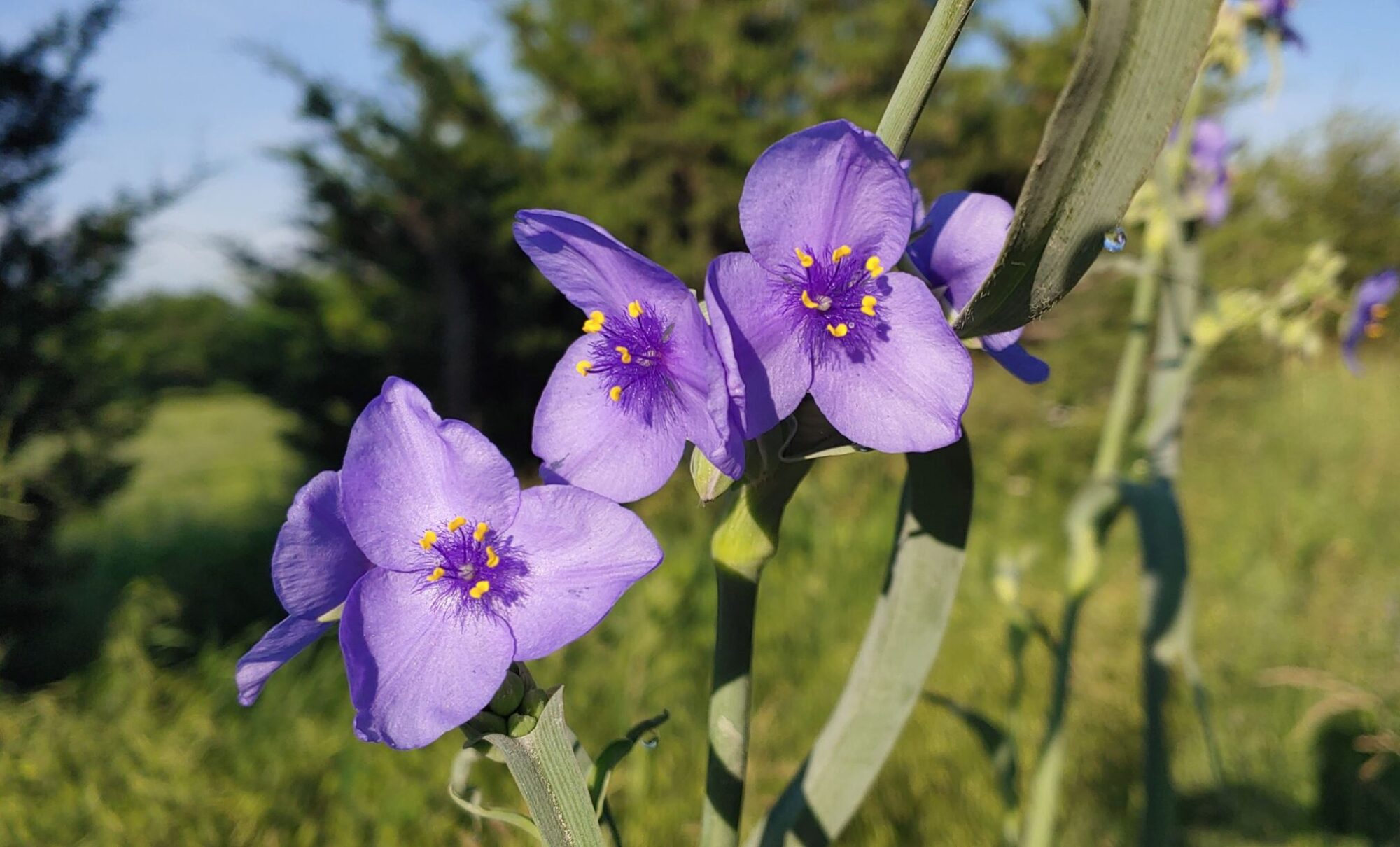A few things in the garden exploded and we have tomatoes and banana peppers running out our ears. So, I’ve been dehydrating veggies, a lot of them.

The tomatoes
We planted a lot of tomato plants this year because we weren’t real sure they would all grow because the seeds were so old. We planted all these plants with the idea some wouldn’t make it.
We were wrong.

These Mortgage Lifters don’t get as big as I thought they would, but they made up for it in sheer volume.
They’re beautiful and really good, but there’s so many of them.
They’re called “salad sized” tomatoes. Too big to eat like a cherry tomato, small enough to cut up for salads, but too small for slicers.
And the perfect size for dehydrating.
We got some cherry tomatoes, but not as many as I expected. I’ve just been eating them from a bowl right off the counter like snack food. They just don’t last long here.
Banana Peppers

When we bought these banana peppers, we weren’t sure we liked them. I was pretty sure my husband would, but not too sure about me.
Like the rest of the garden it was an experiment.
After cooking several and just eating them right out of the garden, we both discovered, they’re really pretty good.
We like grilling them with what we’re having for supper.
The little plants look like they have Christmas light on them, there are so many little peppers on them.
They were slow to start, but once they got started….watch out! They went to town and we have quite a few of them now.
Dehydrating Veggies
My Dehydrator
If you remember from a post or two back my dear hubby got me the dehydrator of all dehydrators for my birthday. And I’ve been using it almost constantly since to dehydrate veggies.

I’ve dehydrated so many tomatoes and Lemon Balm leaves, I have enough to last several months.
Dehydrating veggies is so much easier than canning. The actual amount of time it takes is probably a little longer, but it’s much easier.
I turn on the dehydrator and walk away.
And it holds so much, I can get a lot done at one time.
Dehydrating Tomatoes

I slice the tomatoes about 1/4 inch thick and filled all but 1 tray, using parchment paper on the trays to hold all the juice. This makes clean up a lot easier.
Once they’re dehydrated, they pop right off the parchment paper and are easy to grind up.
I was originally using my mortar and pestle, but couldn’t get them powered enough so I started using my spice grinder.
Peppers & Okra

I used the dehydrator from my dad for the banana peppers and a few okra. I was trying to do as much as I could all at once.
I sliced the banana peppers about 1/2 inch thick, the same with the okra.
The peppers and okra are pretty dry and don’t take very long to dry. Dehydrating the tomatoes took about twice as long because of all the liquid they contain. They’re really juicy.
Storing my Dehydrated Veggies
Dehydrating veggies takes up much less space in my opinion. You can seal the Seal-a-meal attachment in canning jars or in the sealing bags. Or you can crush or powder, like I did with the tomatoes.
I’ve dehydrated our garden goodies before, but only had four trays, so it took a while. Now I have 13. YAY!!
Next…
I’ll be canning the pink brandywine tomatoes this weekend. I like choices when I’m cooking.
I’ll be freezing a few things too, like breaded okra. Makes frying up okra this winter quick and easy.
I hope you got a couple of ideas here. There’s a lot of things you can dehydrate to help preserve your garden.
Just last weekend I found a book on dehydrating food and of course, I bought it.
I can’t wait to see what I’ve been missing.
If you have ideas or have tried something I didn’t mention, let me know. I’m always up for trying something new.
Until next time –
Health, Wealth & Blessings ~ Tracey




















